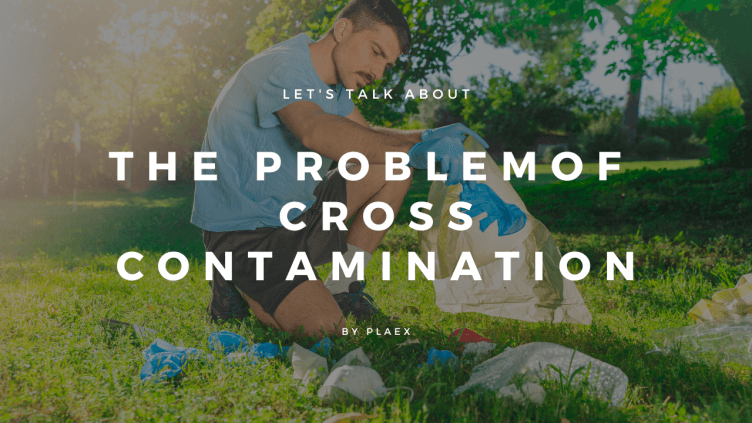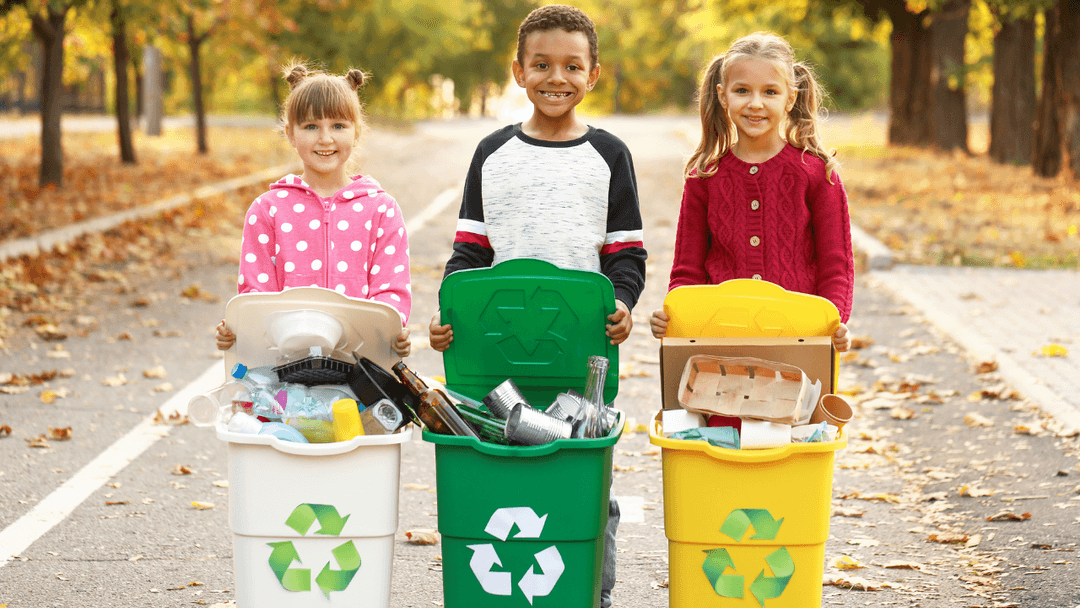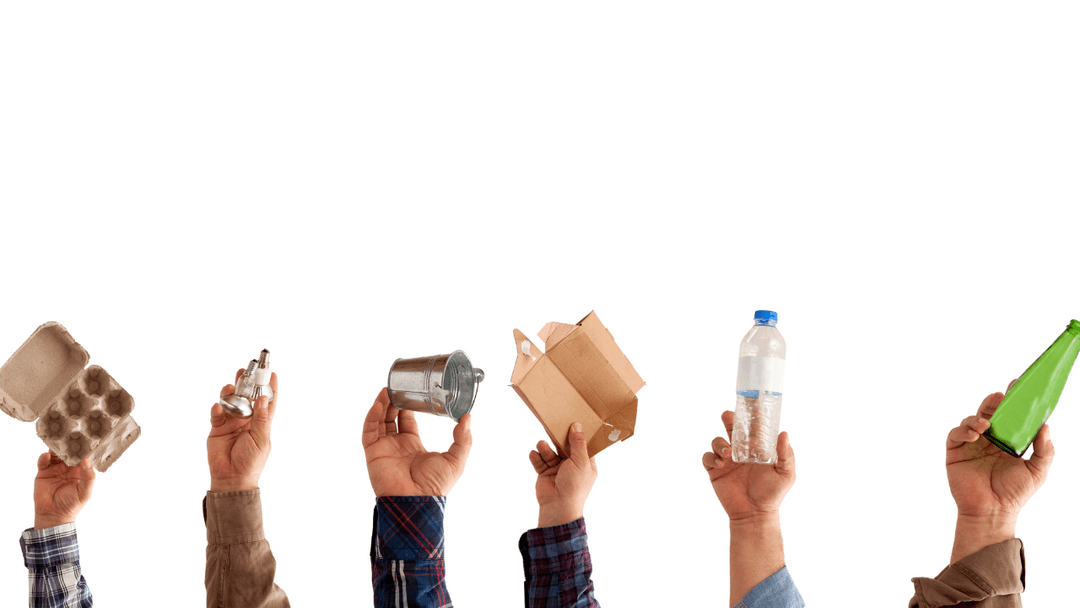The Problem Of Cross Contamination
5 January 2023, By PLAEX Technologies
Estimated time to read: 3 minutes

There's a fair probability that you've heard of recycling contamination if your company recycles.
However, what exactly is recycling contamination, and why is it important? How does it affect your efforts to be sustainable? How can we avoid contamination in recycling?
It turns out that recycling contamination is a simple problem to solve.
What you need to know about recycling contamination, including common contaminants, is provided here, along with information on how you may contribute to the transition of our world to a more circular economy.
What Is Recycling Contamination?

Recycling contamination happens when materials are improperly cleaned, like when food residue is left on a plastic yogurt container, or when items are sorted into the incorrect recycling bin (putting a glass bottle into a mixed paper recycling bin, for example).
For instance, anything other than the item you are collecting for recycling could be seen as a contaminant.
Even recyclable materials, including plastic and other paper goods, can function as pollutants when disposed of improperly (for instance, in the incorrect recycling container). Recycling after a natural disaster is difficult, which indicates a severe form of pollution.
It's likely that it will be rejected and sent to the landfill as a result of improper disposal, wasting all recycling efforts in the process.
How Does Contamination Impact The Recycling Crisis?

High contamination levels in the recycling stream, which occur as a result of the public placing a lot of waste in recycling bins, are the main cause of recycling's downfall.
The profitability of recycling is destroyed by contamination. By raising the cost of recyclables and decreasing profitability, the contamination removal procedure discourages many firms from recycling recovered materials.
They continue to use up precious natural resources at alarming rates as a result.
What Causes Recycling Contamination

Did you know that 75% of the waste generated in the United States of America is recyclable?
However, the actual recycling rate is just 34%, and the average recycling contamination rate is 25%, or one in every four items.
What really causes recycling contamination in waste landfills?
- Food scraps or liquids in containers that leak or spill over other things
- Throwing away potentially dangerous or undesired items including paint, batteries, diapers, and needles
- Users who are concerned about where their waste should go due to unclear bin labelling
- Different recycling methods used in different states and towns. What is recyclable in one city may be seen as a pollutant in another.
- Items include grocery store bags, straws, and coffee lids that are improperly thrown into recycling
Final Thoughts
Cross-contamination in recyclable waste makes it extremely difficult to create a sustainable future.
If businesses and individuals sort their waste correctly and follow the measures mentioned previously in this blog, we can tackle this problem and facilitate waste management.
Use our smart bins, which contain technology for automatically sorting waste.
Our bins are made to distinguish between various waste materials and sort them.
They are a fully enclosed system that keeps recyclables from getting contaminated, stops waste, and makes recycling easier.
How would you like to be part of the change to a more sustainable future?
No alt text provided for this image
Remember, It's Not Complex. It's PLAEX.